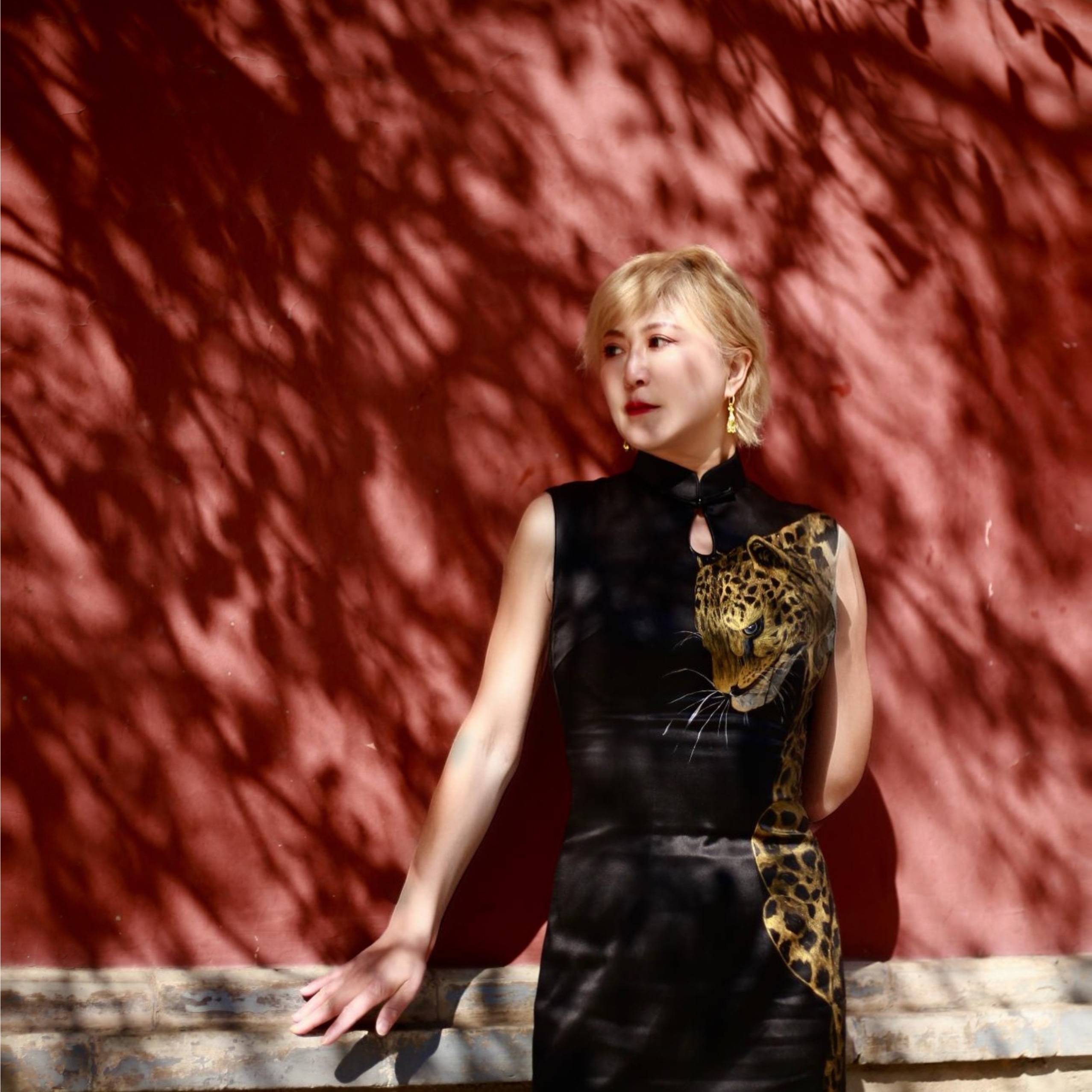Parador Pukaras
No comments yet
HK$167

Currently closed|Open tomorrow at 07:00
+51 951 843 700
What travelers say:

On the way from Cusco to Puno, you will pass by the Pucara Ruins Museum. The Peruvian Pucara Archaeological Site is located in the southern highlands of Peru, in the northern basin of Lake Titicaca. The site is the religious, administrative and residential center of the Pucara civilization, covering an area of 4 square kilometers. The Pucara culture developed between 1400 BC and 550 BC and had an important influence on the later civilizations in the Andes. This ancient civilization has a unique sculpture and pottery style, and its agriculture and animal husbandry have also developed to a certain extent. They developed an agricultural system by the lake and domesticated alpacas to obtain wool for textiles, which played an important role in the urban economy at that time.
Ekeeko is an important symbol of the Andes region (especially Peru and Bolivia), representing luck, wealth and prosperity. He is regarded as a god who can bring good luck and fulfill people's wishes. People will pray to him for wealth, health, love, etc. If you put what you want on the Ekeeko doll, you can place your hopes, which has also become a traditional belief custom.
It is usually an image of a middle-aged aboriginal man full of goods and money. He wears traditional Inca clothes, a fur hat, a mustache, and carries a large bag (Ch'uspa) filled with miniature models of food, banknotes, luxury cars, houses, and other items that people desire. Sometimes people put a lit cigarette in his mouth, and if the cigarette burns out smoothly, it means that the wish will come true.
#PeruTravel #IncaRuins
More
Reviews of Parador Pukaras
Some reviews may have been translated by Google Translate
0/5
All (1)
Latest
Photo reviews (1)
On the way from Cusco to Puno, you will pass by the Pucara Ruins Museum. The Peruvian Pucara Archaeological Site is located in the southern highlands of Peru, in the northern basin of Lake Titicaca. The site is the religious, administrative and residential center of the Pucara civilization, covering an area of 4 square kilometers. The Pucara culture developed between 1400 BC and 550 BC and had an important influence on the later civilizations in the Andes. This ancient civilization has a unique sculpture and pottery style, and its agriculture and animal husbandry have also developed to a certain extent. They developed an agricultural system by the lake and domesticated alpacas to obtain wool for textiles, which played an important role in the urban economy at that time. Ekeeko is an important symbol of the Andes region (especially Peru and Bolivia), representing luck, wealth and prosperity. He is regarded as a god who can bring good luck and fulfill people's wishes. People will pray to him for wealth, health, love, etc. If you put what you want on the Ekeeko doll, you can place your hopes, which has also become a traditional belief custom. It is usually an image of a middle-aged aboriginal man full of goods and money. He wears traditional Inca clothes, a fur hat, a mustache, and carries a large bag (Ch'uspa) filled with miniature models of food, banknotes, luxury cars, houses, and other items that people desire. Sometimes people put a lit cigarette in his mouth, and if the cigarette burns out smoothly, it means that the wish will come true. #PeruTravel #IncaRuins